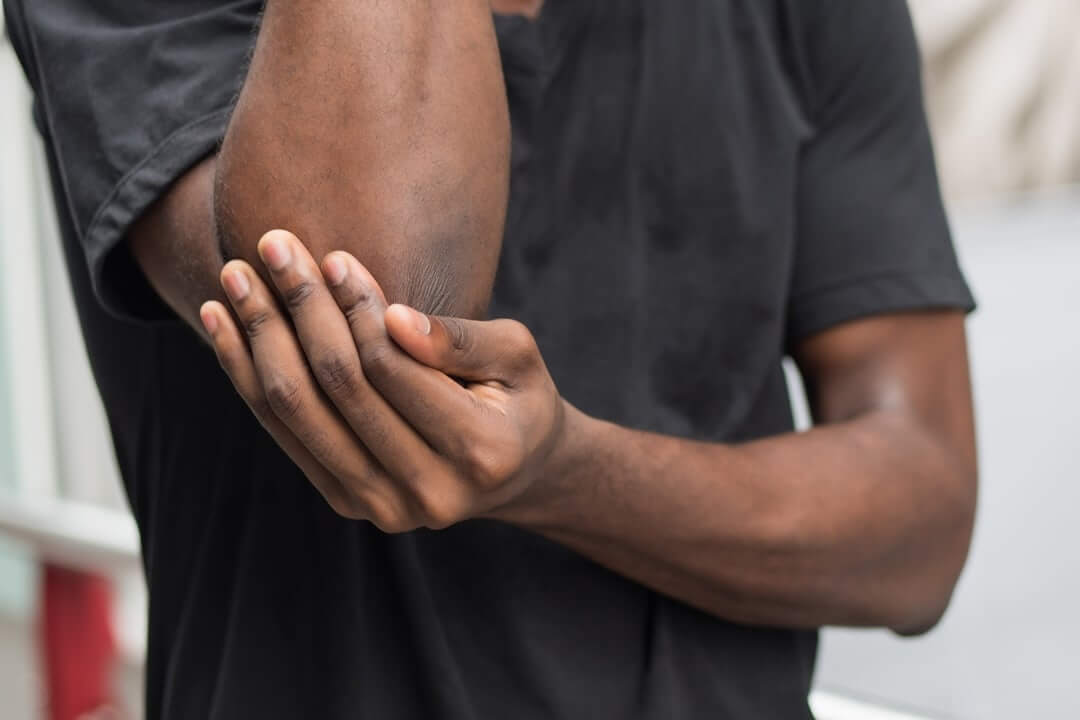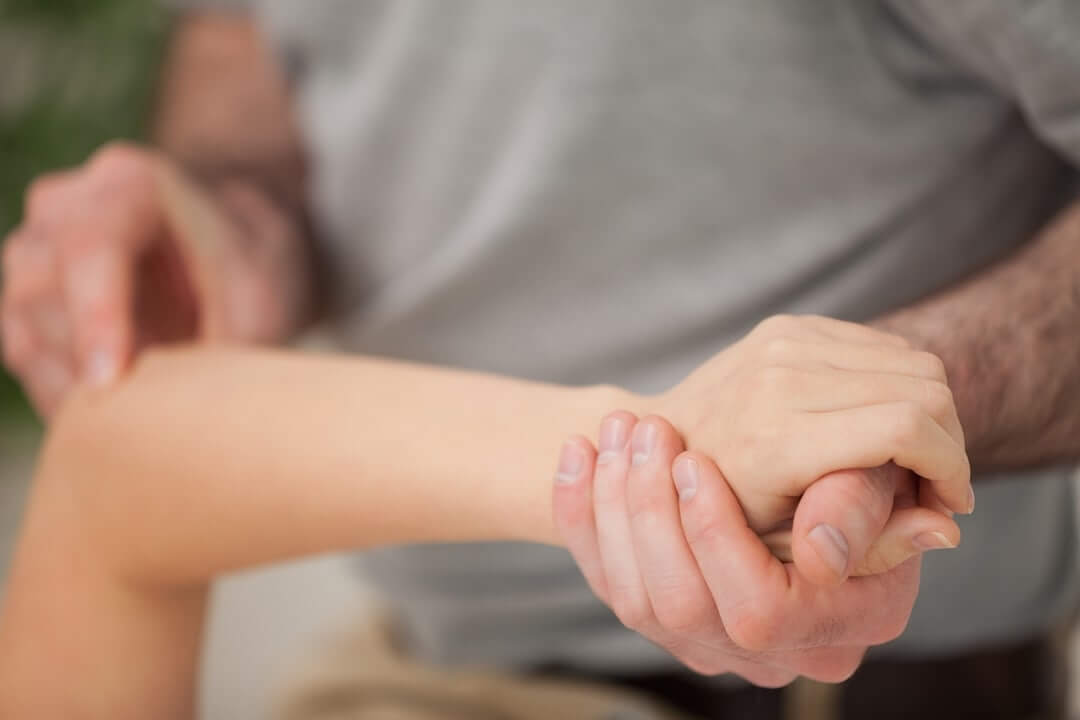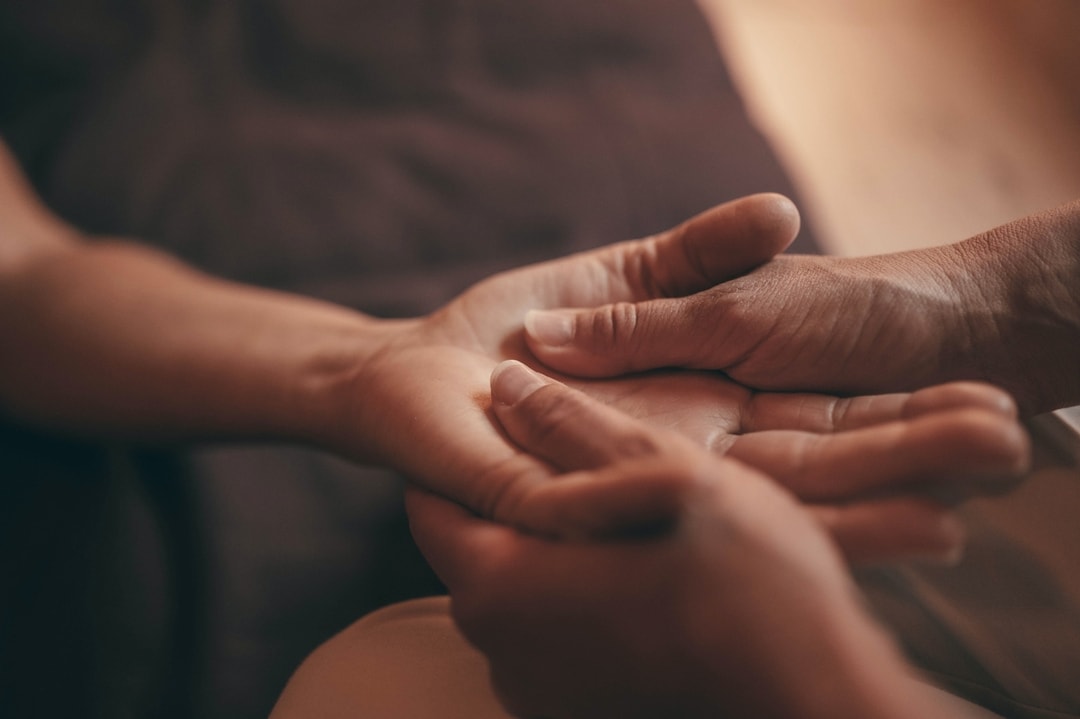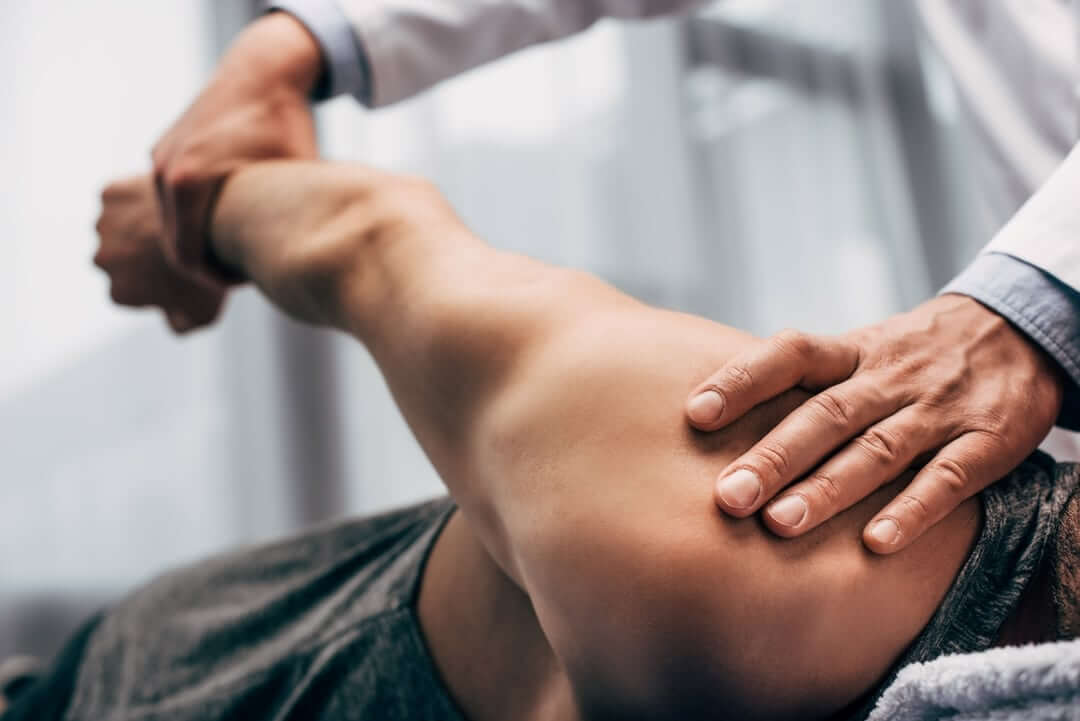Complex Regional Pain Syndrome (CRPS) is a perplexing condition characterized by prolonged pain and unusual healing responses. This article offers insights into its symptoms, the anomalies in the body’s signaling, and potential treatment methods.
2 min read 24 Mar 2022
What is the complex regional pain syndrome?
Complex Regional Pain Syndrome (CRPS) is a long lasting, very painful condition. Normally, after an injury or surgery your sympathetic nervous system is activated to bring about healing and return your body back to normal.
The sympathetic nerve is activated from the message of pain that is received from the initial injury.
Due to distorted information processing, of unknown cause, these nerves continue to send the message of injury to the brain and so the symptoms of the initial injury (redness, swelling) are continually experienced.
Therefore, an abnormal healing response is demonstrated. The pain of the initial injury is felt long after the injury has taken place and usually worsens.
What may I experience?
What should I do?
Treatment is focused around interrupting the effect of the sympathetic nerve control. Book an appointment here.
Mirror therapy, motor imagery & laterality exercises will be part of treatment. Weight bearing & traction exercises, along with mobilisation techniques and conservative methods to reduce pain and swelling, may also be used.
We will also teach you ways to help manage and cope with your pain. A positive approach to your injury and relaxation techniques will help reduce your symptoms. Refer to the brain health advice for ways to keep your mind healthy while your body heals.
What can I expect?
The result is different for each individual. It can take several months for the symptoms to reduce. Most people will return to normal or near normal functionality, however you could be left with a moderate to severe disability.

Acute pain is when the body is working to heal structural tissue damage. Everything is done to ensure structural and mechanical integrity if maximised of the injured tissues.

Most wounds recover in the repair phase of healing. Our therapists look after your wounds by providing dressings that are applied with a sterile technique to avoid infection.

Joint mobilisation involves moving the joint back and forth in small oscillating movements further and further into range to restore the joints normal movement.

Massage helps to improve blood supply to the injured area, helping you recover faster.

Exercise is the body’s natural way of restoration to improve stability, mechanics, strength and movement to an injury. Whether the injury is from overuse, trauma, disease or surgery exercises are necessary to restore function.

Stretching is extremely beneficial for our joints, muscles and tendons. Not only do they help prepare your body work/exercises they ensure you are working at your optimum energy efficiency.